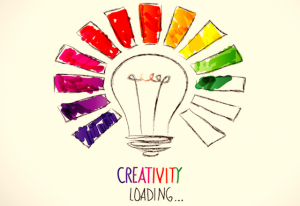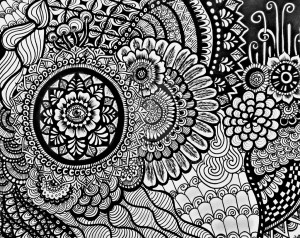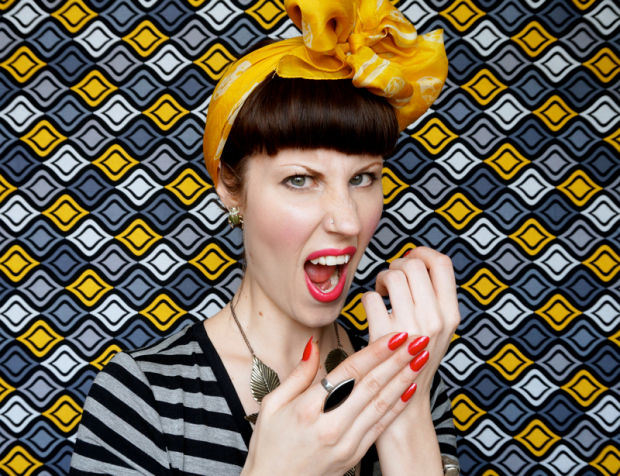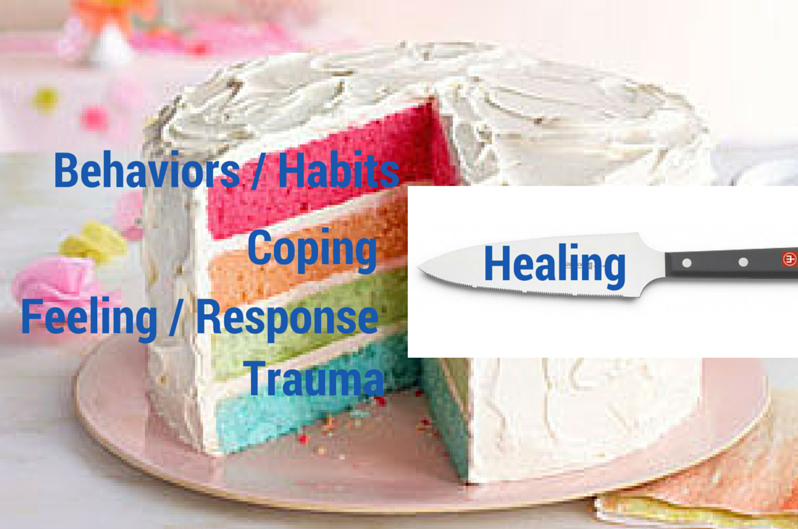 It is no secret that meditation can reduce stress, decrease anxiety and depression, increase attention span and warm up your heart with compassion for yourself and others.
It is no secret that meditation can reduce stress, decrease anxiety and depression, increase attention span and warm up your heart with compassion for yourself and others.
Research has proven that regular meditation can change the physical structure of the brain and some findings indicate that the brain works better at cognitive functions such as processing information and forming memories.
You do not have to be Buddhist to meditate. Western civilization has “borrowed” their practice to use in secular settings. You can even find apps to prompt you to look inward. Turns out meditation is not only good for your mind but also for your health, including your weight.
So, why aren’t more people meditating? Well, they are. But, you can understand that it requires regular practice. In other words, you can’t eat a good meal only one time and expect to never have to eat again. There are many programs, YouTube videos, books, and articles that give instructions. Some are 30-75 minutes and that is ideal, but starting out? Start with 10 minutes a day for a week and go from there.
Week 1: Choose what you like.
Do you want lit candles or not. Music or not? Vipassana or Mindfulness, prayer or mantra? Don’t get caught up in the choices. These are window dressings for the work you will do but it does help solidify a habit to have the same items in your environment each time you meditate. Mostly, you want something to put you in a meditative state. You can always experiment to see what works for you.
I like incense but it’s not necessary. I like silence but I also like to have natural sounds, such as birds.
2.) Keep at it until you develop a habit.
We are creatures of habit so try to keep familiarity and sameness in the beginning. For example, using the same time, same cushion, and same quiet spot will build a response from mind – a cue that this is good. You will set up a mental signal that it is time to turn inward. Understand life goes on and will go on after your meditation time. Don’t get stuck in the idea that everything has to be perfect for you to start or that you have to be in a particular place to meditate. Heck, even minutes in a parked car waiting to pick up kids can be as good a place as a monastery.
3.) Allow Patience to Develop
So, you go to your favorite spot, at your designated time, sit on your blanket or cushion, back against a wall for support, and close your eyes and wait for your mind to settle into focusing on your breath. Thoughts interrupt this concentration seemingly at every breath. You start over. You know they will come again and you plan to let them float by like a cloud in the sky while you go back to focusing on the breath. At the end of the session, you feel relaxed, like the sky has cleared.
Tomorrow you repeat the process. The clouds/thoughts seem to clog up and every time you start over, determined to focus on your breath, the clouds of thoughts seem to gather more and more. At the end of your time, it seems nothing happened. But, it did. Every session is different.
Come again tomorrow and the next. Witness what happens as the days go by. Some days will bring more success and other days just a time of noticing how much you are worrying or planning. That, too, is useful information. Where does your mind hang out when you’re not looking? Meditation gives you a peek into that constant undercurrent of thought that drives how you feel, your health, and even what decisions you make.
Meditation is like going for a workout at the gym. It’s tough to show up every day with enthusiasm, particularly if you can’t measure desired results instantly. What would a personal trainer tell you to do? Stay home? I think not. Sitting for meditation is another kind of training and you can more easily stay with it in order to get better at turning inward. Also understand you may not resolve problems or feelings that come up for you while meditating. Just feel them and know that relief from pain or a solution to a problem will come in time.
If you want to write, what is the best advice? Sit in the chair and write. Same here, show up and give effort even if you think it should produce calmness and all you experience is pain. Perhaps you can try a different technique but commit to showing up. Develop patience toward yourself and your mind.
4.) Look for happiness.
Do you think meditation is part of reason you feel more joyful? Your personality and habits didn’t change but I wonder if you will continue meditating anyway. Small joys grow into bigger ones. If f you skip a day, don’t be surprised if you feel an urge to return to your meditation space.
5.) Take your seat.
You do not have to sit cross-legged on the floor. Feel free to sit in a chair. The only rule about sitting is that your back should be upright, straight to allow the breath and energy to flow freely. After you’ve chosen a seat, place your hands on your knees, palms up or down, and the thumb and forefinger touching. This completes an energetic circuit.
6.) Taking breaths.
Breath awareness is a good start. Do a single practice daily until it becomes a habit. Inhale with awareness. Can you feel the air coming into your nostrils? Can you sense the lungs filling with breath? Close your eyes and exhale, releasing any tension, bringing your attention to the breath leaving your body.
Breathe naturally in your normal rhythm. When thoughts arise, note them with awareness acknowledging their sense, such as “thinking” “planning’ “story-telling’ ‘listening” etc. Always bring your attention back to breathing. It’s okay, but not necessary, to visualize breath as a color or particles of energy entering and healing the body.
7. Ending meditation.
To end meditation, take a deep breath and exhale gently. Notice how your body feels. What about your mind? Do you feel more energetic? Peaceful?
Write a few words in your journal about what you remembered from this meditation.
**If you don’t have a lot of experience meditating, sign up for my great free call Lose Weight for Life where we incorporate meditation into the lesson in the call. You’ll be amazed how easy it is and it applies to all areas of life, not just weight loss. http://themuseskiss.com/loseweightforlifecall/.
 Something that came up for me during this season of change is the concept of phenomenology. It is defined as the science of phenomena as distinct from that of the nature of being. It’s the study of an individual’s lived experience.
Something that came up for me during this season of change is the concept of phenomenology. It is defined as the science of phenomena as distinct from that of the nature of being. It’s the study of an individual’s lived experience.








